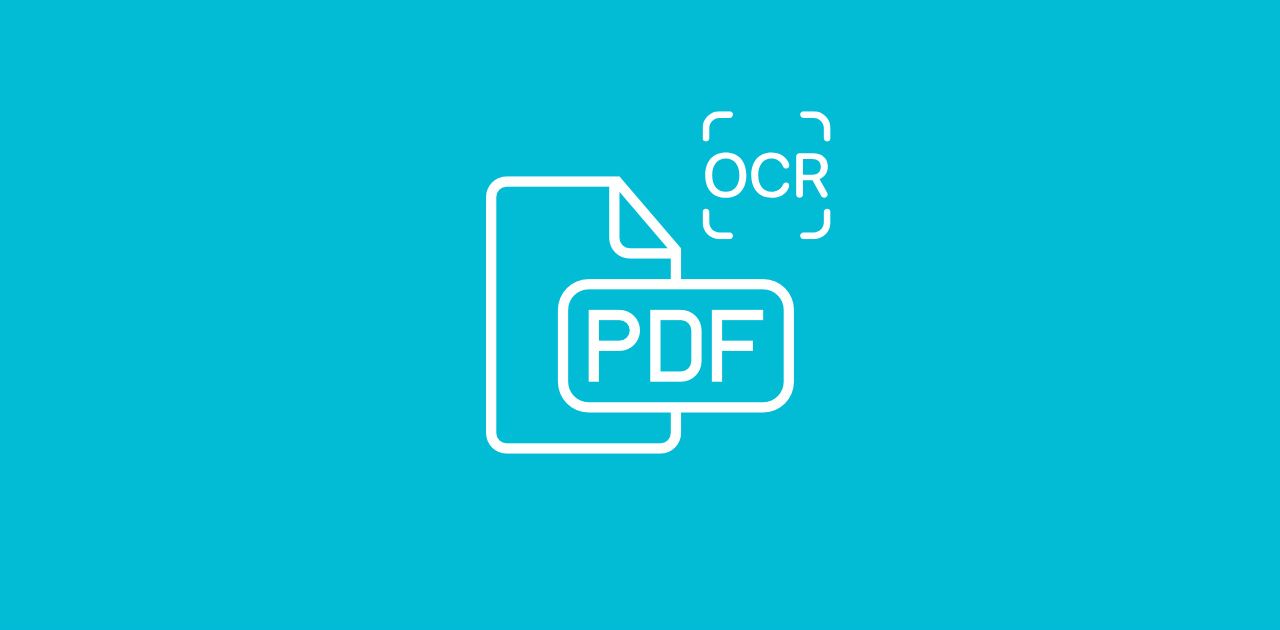
Have you ever uploaded a scanned PDF, only to get a messy block of unreadable text in return? Frustrating, right? The good news is that OCR (Optical Character Recognition) technology can convert scanned documents and images into editable text—but only if your file is properly prepared.
Whether you're digitizing paperwork, making a PDF searchable, or turning a printed form into text, a few simple adjustments can make a big difference. In this blog, we'll walk you through practical tips to help you get the most accurate results from the OCR tool.
What Is OCR and How Does It Work?
OCR (Optical Character Recognition) is the technology that turns scanned documents, images, or non-editable PDFs into searchable, editable text. It works by analyzing the visual structure of letters and words in an image, then converting them into digital characters your computer can understand.
PDF2Go uses OCR to help users extract text from files that were created from scans, photos, or paper documents. This means you can turn printed pages into editable content—perfect for digitizing paperwork, translating printed material, or making archived documents searchable.
However, even the most powerful OCR engine has its limits. If your file is blurry, skewed, or low in contrast, recognition accuracy can drop. That's why taking a few extra steps before running your document through OCR can make a huge difference!
Quick Tips for Better OCR Results
1. Scan at 300 DPI
Resolution matters. The OCR tool requires clear, sharp text to function effectively.
Tip: Scan your document at 300 DPI (dots per inch). Anything lower, like 150–200 DPI, may result in smudged or unreadable text.
2. Keep Your Document Straight
A slightly tilted scan can confuse the optical character recognition (OCR) engine.
Tip: Align your paper carefully before scanning. If you're taking a photo, shoot from directly above. PDF2Go can auto-detect and straighten some images, but a clean scan always helps.
3. Adjust Brightness and Contrast
Scans that are too dark or too bright can reduce text clarity.
Tip: Aim for a balanced brightness—around 50%. Use your scanner's preview function or adjust contrast in an image editor before uploading.
4. Use Clean, High-Contrast Text
OCR works best with clear black text on a white background.
Tip: Avoid faded ink, stained paper, or gray-scale backgrounds. If your document is old or low contrast, boost the contrast slightly to help the text stand out.
5. Choose the Correct Language
OCR accuracy depends on the language setting.
Tip: When using PDF2Go, make sure to select the correct language for your document. The tool supports many languages—ideal for multilingual documents.
OCR Still Has Its Limits
Even with the right setup, some text might still be hard to read.
- Handwriting: Standard OCR tools aren't built for handwritten content.
- Unusual fonts: Decorative or vintage fonts reduce recognition accuracy.
- Damaged scans: Tears, smudges, and heavy shadows can block entire sections.
Unlock More Accuracy with PDF2Go's AI-OCR Tools
PDF2Go offers more than just standard OCR. Its AI-powered OCR options help users get better results—even with imperfect files.
OCR modes you can use with the PDF to Text tool:
- Convert: For digital PDFs or documents with selectable text.
- Standard OCR: Best for high-quality scans.
- Advanced AI-OCR: For slightly distorted or uneven scans.
- Advanced AI-OCR+: Built for poorly lit or shadowy documents.
- Photo OCR: Great for extracting text from photos (e.g., street signs or posters).
Pro Tip: Want to process multiple files at once? PDF2Go offers batch OCR processing for premium users—perfect for bulk work or business needs.
In Conclusion: Better Input = Better Output
You don't need expensive tools or advanced skills to get great OCR results. Just follow a few basic steps:
- Scan at 300 DPI
- Keep your document straight and well-lit
- Adjust the contrast for readability
- Select the correct language in the OCR settings
- Use advanced AI-OCR features for tricky files
PDF2Go's OCR tool is easy to use, accurate, and available across all devices—no software installation needed.
Start converting your scanned PDFs into editable text today, and skip the manual retyping!
Frequently Asked Questions (FAQ)
1. Is PDF2Go free to use?
Yes! You can use PDF2Go for free with daily free Credits, perfect for testing most features. Create a free account and get bonus Credits instantly. Need more? We offer affordable premium plans.
2. What are Credits?
Credits are the platform's digital currency. Each task uses Credits based on how long it takes.
- Most tasks cost 1 Credit per 30 seconds
- Over 90% of tasks finish in just 1 Credit
3. How many Credits do AI tools use?
AI-powered tools use 4 Credits per 10 seconds of processing time. More complex tasks may use more, while simple ones cost less—fair and flexible pricing.
4. How do I cancel my subscription?
Cancel anytime from your user dashboard. Go to "Active subscriptions" and click "Cancel". You won't be charged again, and you can still use your remaining Credits until the billing period ends.
5. Is my uploaded file safe?
Yes. All uploaded files are processed securely and automatically deleted from our servers after 24 hours. Your documents are never stored permanently.
6. Do I need to install any software?
No. PDF2Go works entirely in your browser. There's nothing to download or install—just upload your file and start working.
7. What file formats are supported for OCR?
PDF2Go's OCR tool supports scanned PDFs and image-based documents. You can also upload image formats like JPG, PNG, BMP, and TIFF for text extraction.
8. Can I use PDF2Go on Mac or mobile devices?
Yes. PDF2Go is fully web-based and works on Windows, macOS, Linux, and mobile browsers—no installation required.

